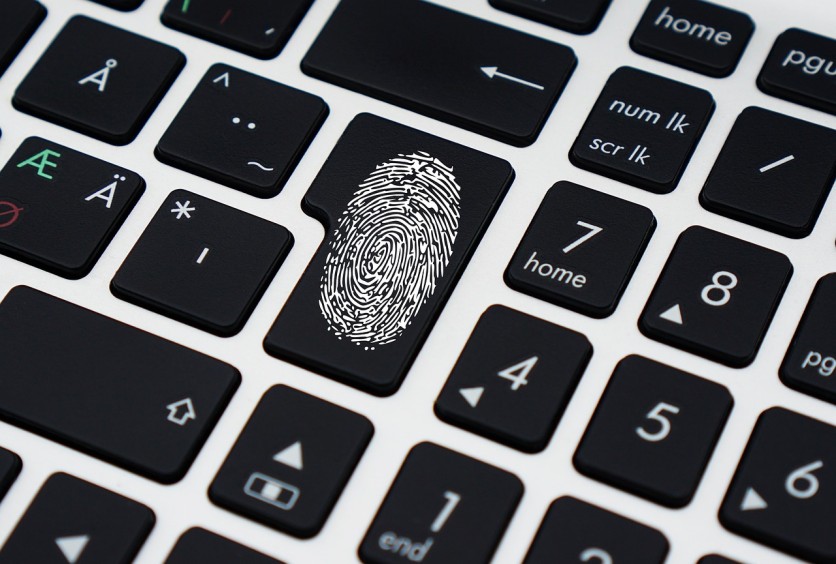In today's digital era, robust password practices are essential for safeguarding personal and professional data from ever-evolving cyber threats. Despite growing awareness, password mistakes remain among the leading causes of data breaches.
This article serves as an online security guide, presenting essential cybersecurity tips to avoid common pitfalls and strengthen defenses against unauthorized access.
Using Weak or Common Passwords
Weak passwords, such as "123456," "password," or simple keyboard patterns, are alarmingly common and easily cracked by hackers using automated tools.
Experts now recommend favoring length over complexity by using long passphrases, a series of random words or a memorable sentence, which are harder to guess yet easier to remember. Avoiding predictable patterns and personal information helps maintain high password entropy, significantly reducing exposure to brute-force attacks.
Reusing Passwords Across Multiple Sites
Reusing passwords across different accounts remains one of the most critical password mistakes. When one account is compromised, hackers try the same credentials on other sites, leading to a cascade of breaches. Using unique passwords for each login is vital. Password managers play a crucial role here by securely storing and generating strong, random passwords, simplifying management without compromising security.
Neglecting to Enable Two-Factor Authentication (2FA)
Two-factor authentication (2FA) is a powerful cybersecurity tip used to add a secondary verification layer beyond just passwords. Whether it's a code sent to a phone, an authentication app, or biometric verification, 2FA substantially decreases the likelihood of unauthorized access, even if passwords are exposed.
Organizations are now moving toward phishing-resistant MFA solutions such as FIDO2 passkeys, which prevent attackers from using stolen credentials on fake login pages. Enabling 2FA on all possible accounts, including email, banking, and cloud applications, is strongly advised.
Writing Passwords Down or Storing Them Unsecurely
Many users still resort to writing passwords on paper or saving them in unsecured digital files, which exposes them to theft or loss. Instead, storing passwords in encrypted password managers is a best practice that combines security with convenience. These tools protect passwords with strong cryptography and a single master password.
Additionally, strong password storage on organizational systems involves encrypted databases with salting and hashing algorithms to prevent offline attacks from exposing user credentials.
Using Personal Information in Passwords
Incorporating easily accessible personal details such as names, dates of birth, or pet names in passwords is a common but hazardous mistake. Attackers exploit social media and other sources to guess passwords based on personal information.
Creating passwords using unrelated, random elements or long passphrases minimizes this risk, ensuring passwords are not easily guessable by attackers using social engineering or dictionary attacks.
Ignoring Password Expiration or Change Requests
Contrary to older advice advocating routine, arbitrary password changes, modern cybersecurity guidance recommends changing passwords only when there are signs of compromise or suspicious activity. Continually forcing password resets can lead users to create weaker, predictable passwords.
However, immediate password updates after a breach, unusual login attempts, or compromised account notifications remain essential. This approach aligns with evolving standards like those proposed by NIST, which prioritize user convenience without sacrificing security.
Falling for Phishing or Social Engineering Attacks
Phishing schemes and social engineering tactics remain prevalent methods for acquiring passwords illicitly. Attackers impersonate trusted entities to trick users into revealing login credentials or downloading malware.
Recognizing suspicious emails, verifying sources, avoiding clicking on untrusted links, and using phishing-resistant authentication methods are key steps in preventing these attacks. Security awareness training and adherence to a detailed online security guide bolster defenses against such threats.
Additional Best Practices and Expert Tips
Beyond avoiding these seven common mistakes, several advanced cybersecurity tips strengthen password security in 2025 and beyond:
- Favor passphrases of at least 12-16 characters, leveraging natural language patterns to improve memorability without sacrificing strength.
- Enable multi-factor authentication wherever supported, moving toward passwordless or biometric authentication methods as they become available.
- Use tools to check whether passwords have appeared in known data breaches before setting or reusing them, preventing compromised credentials from being exploited.
- Enforce the principle of least privilege for account permissions, limiting the potential damage if any account is compromised.
- Implement secure password recovery protocols that verify user identity through multiple channels to reduce exploitation risk.
- Educate all users continuously about emerging phishing techniques, social engineering threats, and multi-layered protection strategies.
By understanding and avoiding these critical password mistakes and embracing robust cybersecurity tips, individuals and organizations can dramatically reduce their data exposure risks. Adopting unique, long passphrases, enabling multi-factor authentication, securing password storage, and practicing informed vigilance create a resilient online security posture. Following a comprehensive online security guide aligned with the latest standards offers the best defense against increasingly sophisticated cyber threats in 2025.
Frequently Asked Questions
1. How do password managers protect against hacking attempts?
Password managers use strong encryption algorithms to securely store passwords in a digital vault protected by a master password. They generate complex, random passwords for each account, reducing password reuse risks. By automating strong password creation and storage, they minimize human error and limit exposure to credential theft from phishing or data breaches.
2. What are passkeys, and how do they improve online security?
Passkeys are cryptographic credentials stored on devices (like smartphones or hardware tokens) that enable passwordless authentication. They replace traditional passwords with biometric or device-based authentication, which are phishing-resistant. This modern approach, advocated by cybersecurity standards like FIDO2, enhances security by preventing fake login page attacks and simplifying user authentication.
3. Can phishing-resistant MFA methods completely eliminate the risk of account takeover?
While phishing-resistant MFA methods such as hardware tokens or biometric authentication significantly reduce the risk of account takeover, no security measure is 100% foolproof. Attackers continuously develop new exploits, so combining MFA with user education, regular security updates, and monitoring suspicious account activities provides the best holistic protection.
4. Why is it important to implement the principle of least privilege in password management?
The principle of least privilege limits a user's access rights to only what is necessary for their tasks. Applying this reduces the damage a compromised account can cause by restricting attacker movement within systems. Even if a password is stolen, attackers cannot access sensitive information or perform high-impact actions beyond the user's limited permissions.
ⓒ 2025 TECHTIMES.com All rights reserved. Do not reproduce without permission.





